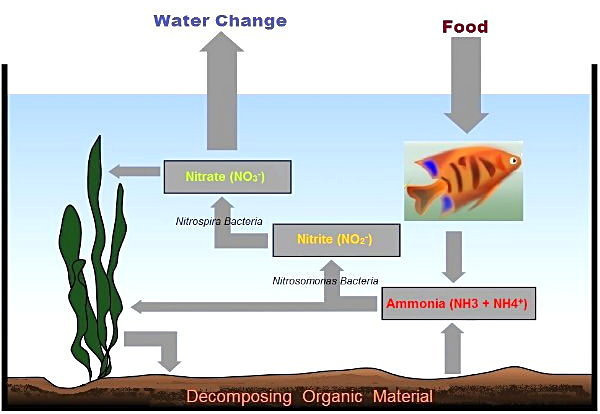Hey all! New to the forum. I have a 75 gal tank running with an Fx6 filter and heated to 74 degrees. Tank is decorated with little pebble stones and a huge piece of driftwood. That’s all for now.
Tank was cycled for at least two weeks and fish were introduced. It’s been running for about a month and a half now.
Currently is stocked with 10 platys, 2 paradise gouramis, 4 honey gouramis and 3 Corys.
There were also 6 angelfish, 2 catfish, 3 tiger loaches, 2 other corys… they all died last week within days of each other. No signs of anything being wrong with them, just died. I cannot figure out what’s going on with them.
I tested the tank water today and my findings were as such:
High Range pH - ~7.4
Ammonia 0-0.25ppm
Nitrite 5ppm
Nitrate between 10-20ppm.
My next train of thought is to do a water change before adding any new fish. I’d like some input on the values and where they should be, as well as other fish that I can put in the tank. Thank you for any advice! I’m new to this so please bare with me.
Tank was cycled for at least two weeks and fish were introduced. It’s been running for about a month and a half now.
Currently is stocked with 10 platys, 2 paradise gouramis, 4 honey gouramis and 3 Corys.
There were also 6 angelfish, 2 catfish, 3 tiger loaches, 2 other corys… they all died last week within days of each other. No signs of anything being wrong with them, just died. I cannot figure out what’s going on with them.
I tested the tank water today and my findings were as such:
High Range pH - ~7.4
Ammonia 0-0.25ppm
Nitrite 5ppm
Nitrate between 10-20ppm.
My next train of thought is to do a water change before adding any new fish. I’d like some input on the values and where they should be, as well as other fish that I can put in the tank. Thank you for any advice! I’m new to this so please bare with me.



